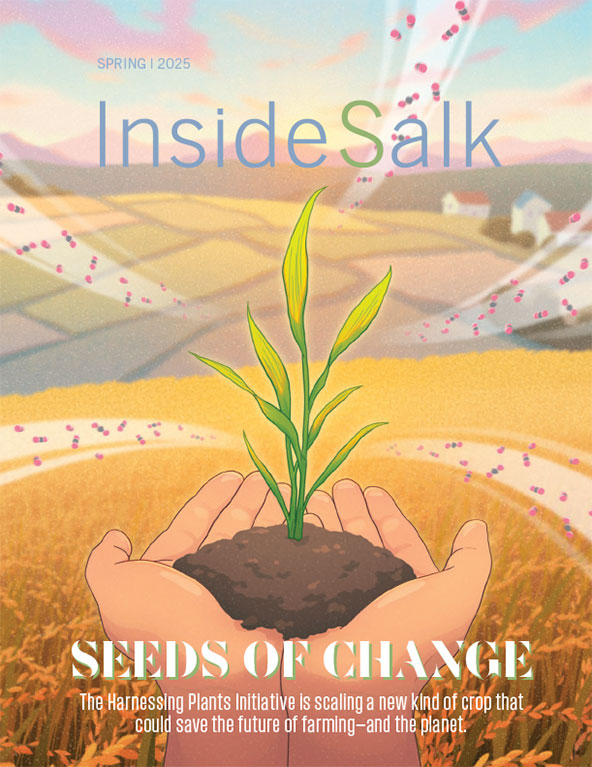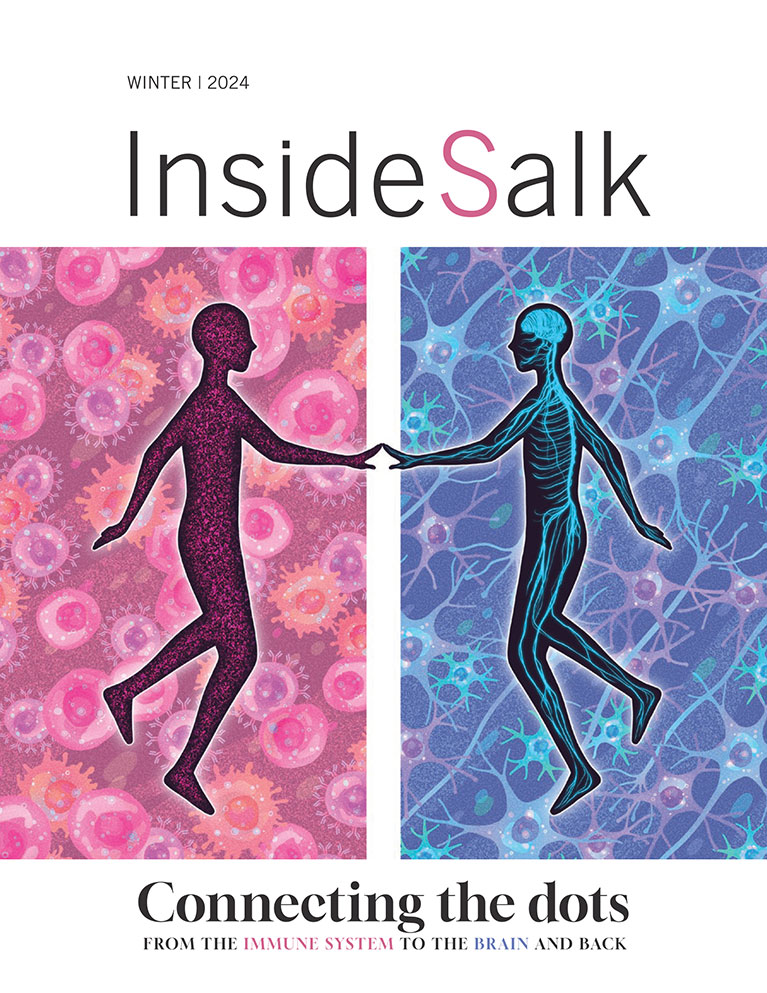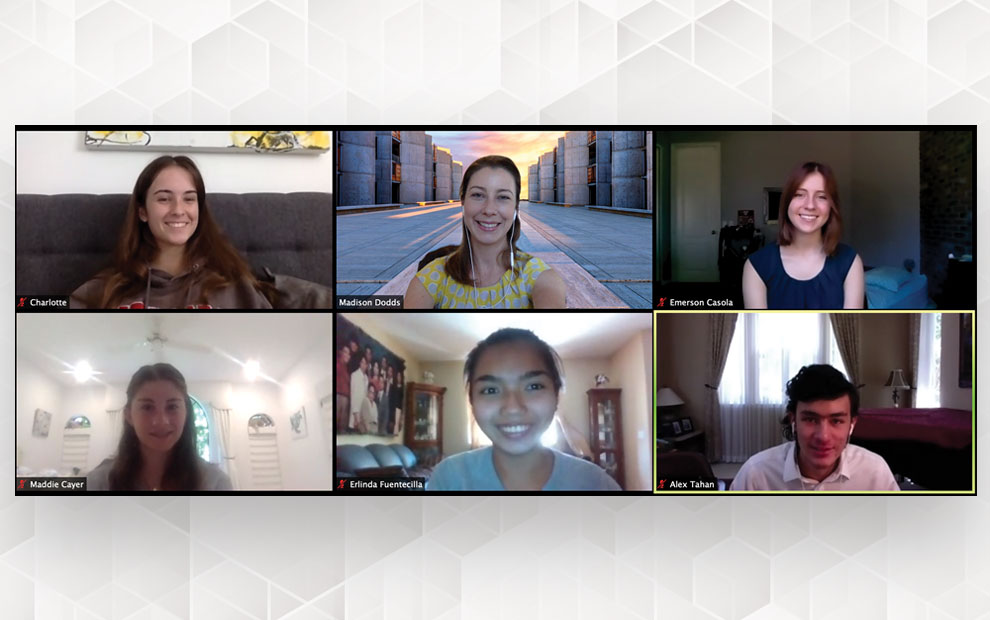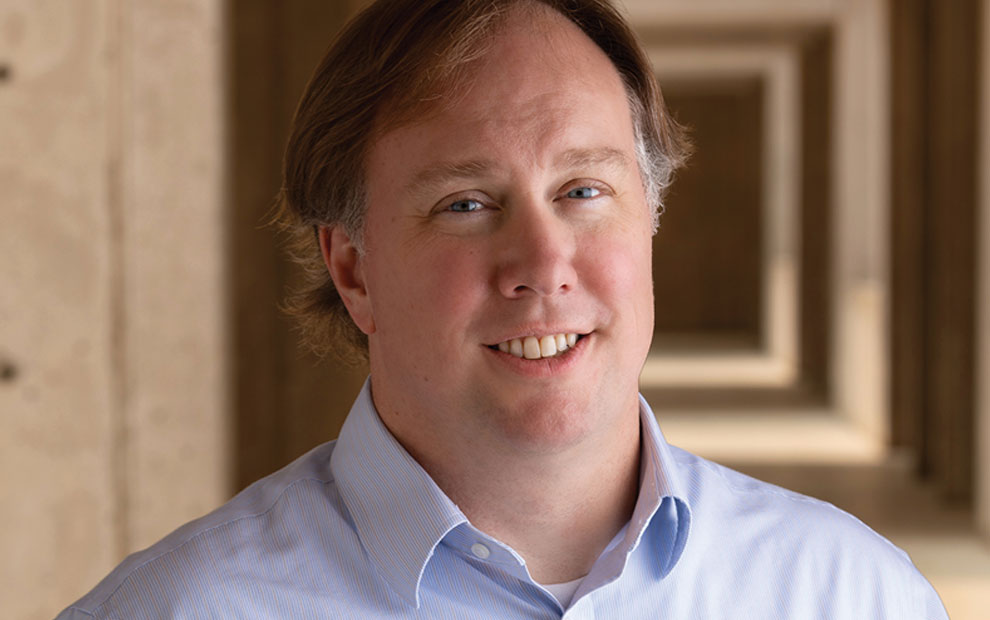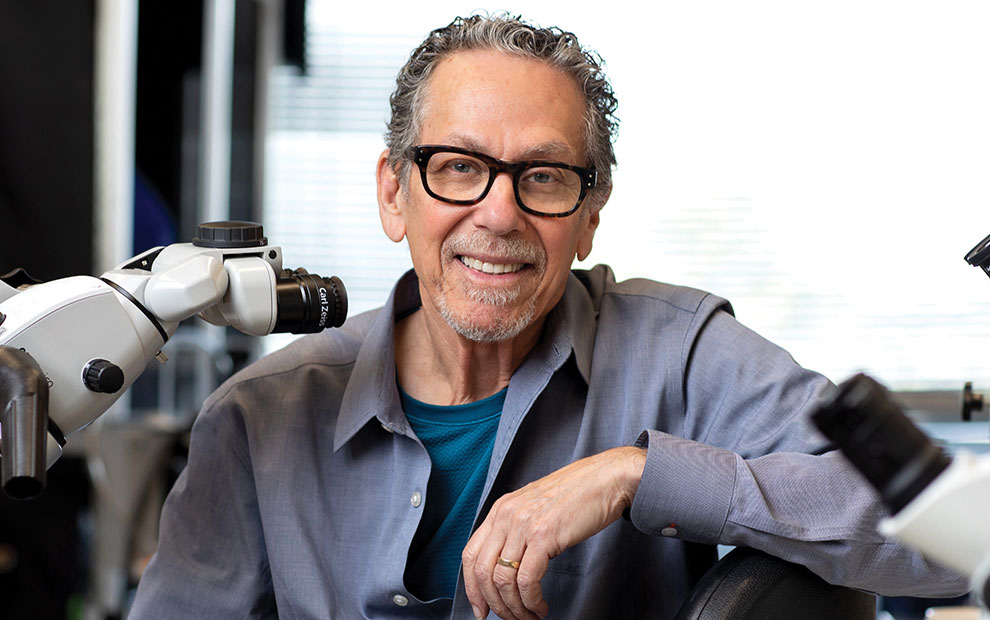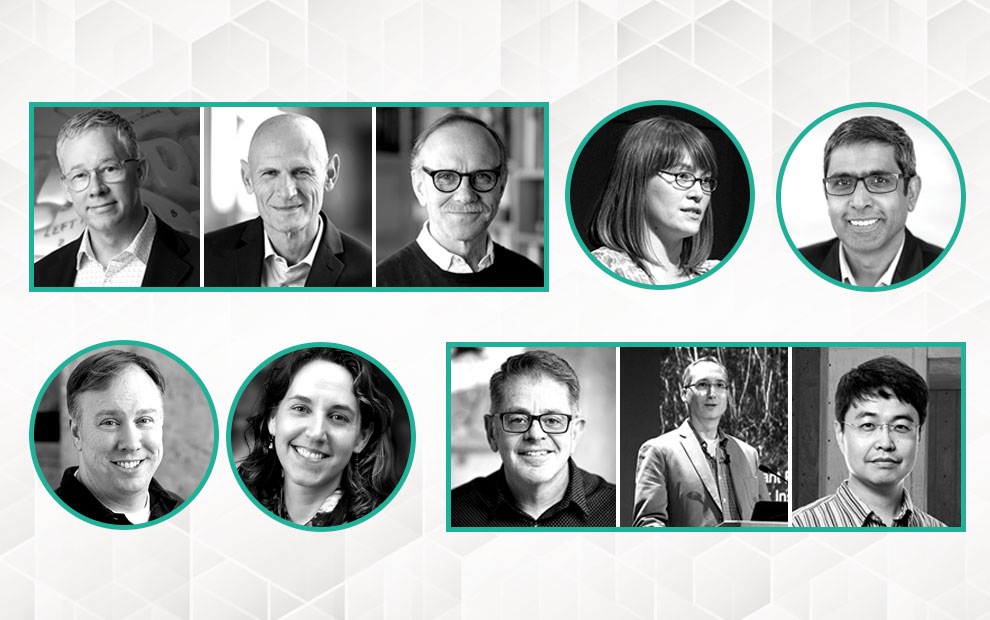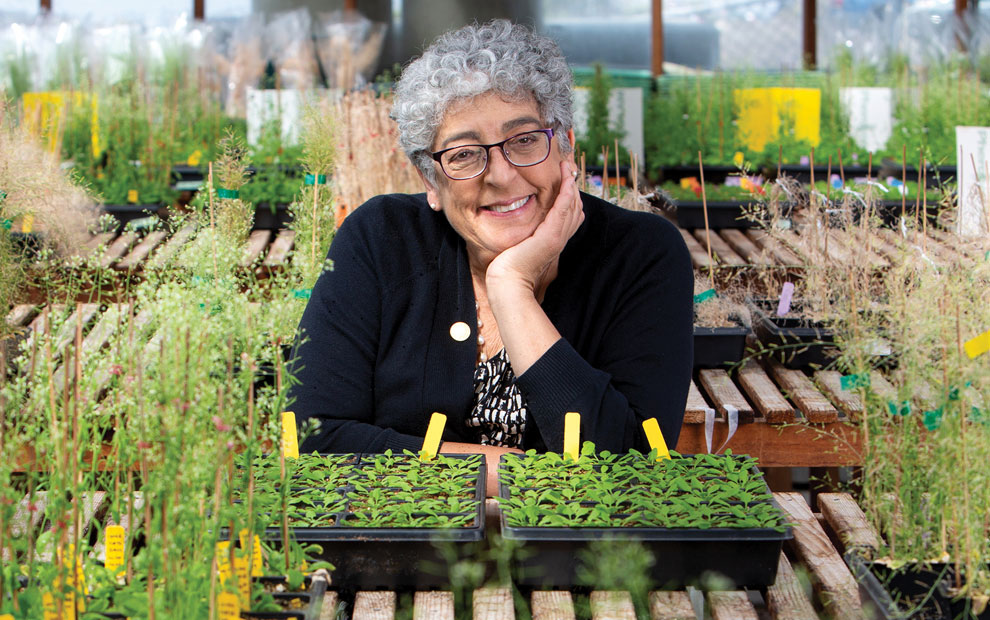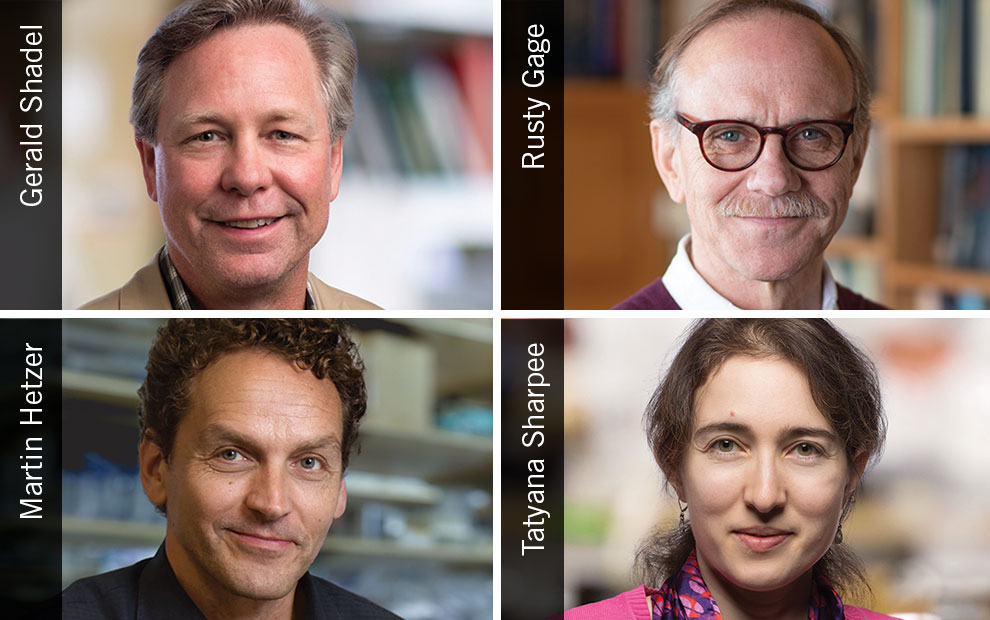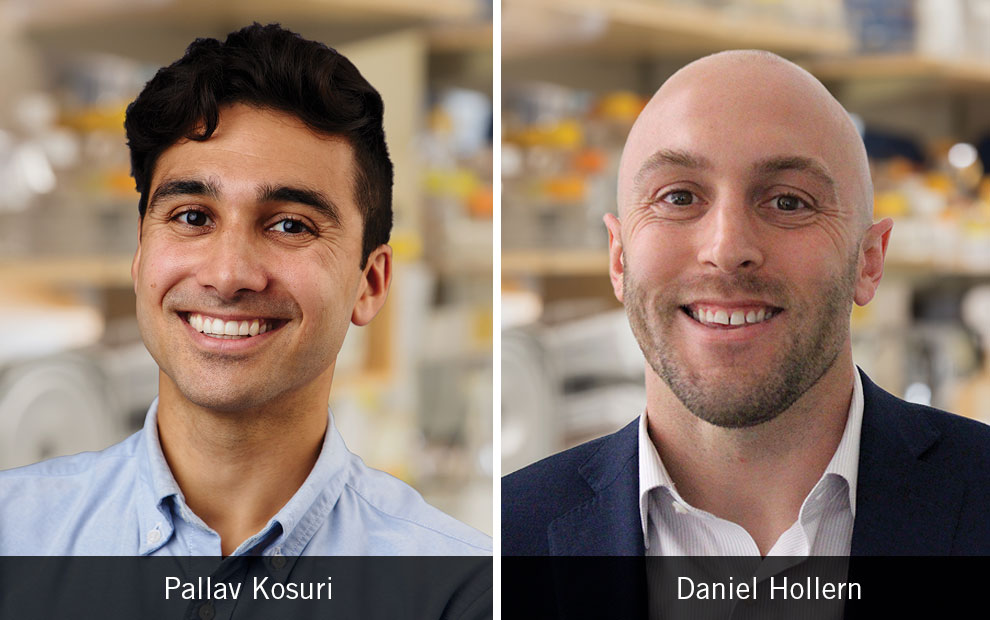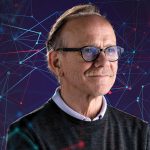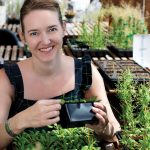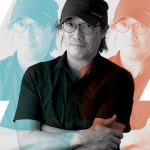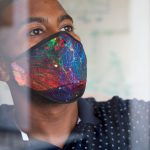When the COVID-19 pandemic closed local schools this past year, Salk’s Education Outreach department had to get creative to continue its mission of teaching and inspiring students to pursue careers in science. They quickly adapted and rolled out virtual options for popular programs, to great success.
The Heithoff-Brody High School Summer Scholars program normally accepts 10 to 12 students each year to intern at Salk. Because the program had to go virtual, it was modified to the Introduction to Research Science and Communication Virtual Program and accommodated 76 students from 40 different schools, selected from a pool of over 400 applicants hailing from 10 states and two additional countries (Mexico and India). Over four weeks, these high school students completed virtual lab simulations, learned about common laboratory practices, and were provided professional development opportunities. After completing the program, 93.4% of students said they were interested in pursuing a career in STEM (science, technology, engineering and math).
Additionally, the Institute’s popular Mobile Science Lab was transformed into a virtual experience. It brought volunteer scientists into distance-learning classrooms to conduct a combination of minds-on and hands-on biotechnology activities, including a DNA extraction, with middle school classrooms all over San Diego. The Virtual Mobile Science Lab is on pace to reach more than 770 students from more than 20 schools in nine different San Diego zip codes by the end of the calendar year.
Finally, both the Summer Scholars program and the Virtual Mobile Science lab took advantage of SciChats, an additional EO program. The interactive sessions allowed students to learn over Zoom from volunteer scientists about their research and what it’s like to be a scientist. By the end of 2020, 53 SciChats will have been held, compared to an average of six in previous years.
To learn more about Education Outreach, as well as access virtual tools for learning, visit
www.salk.edu/education.
